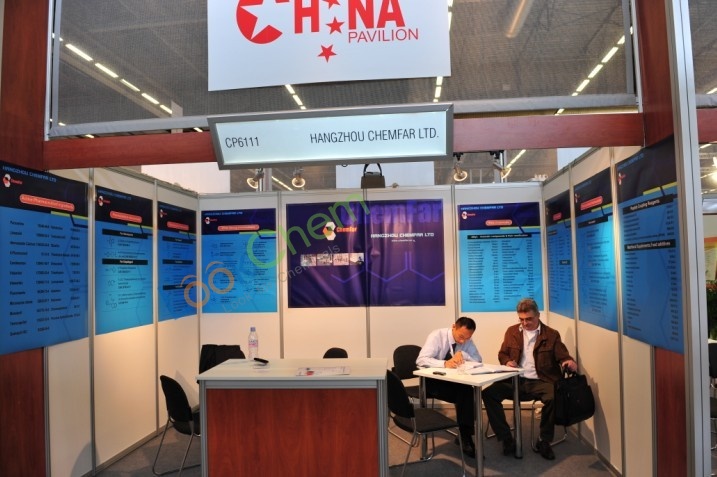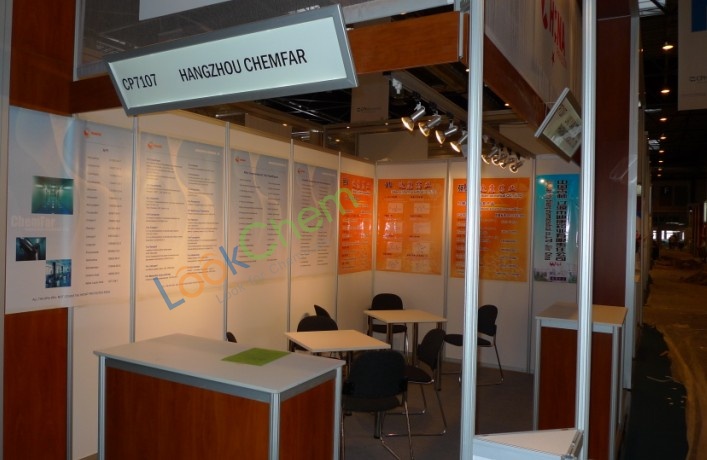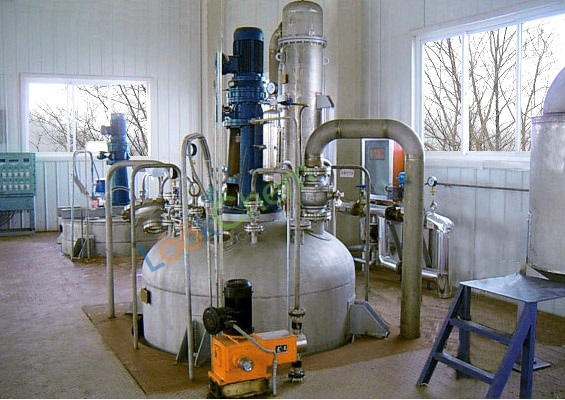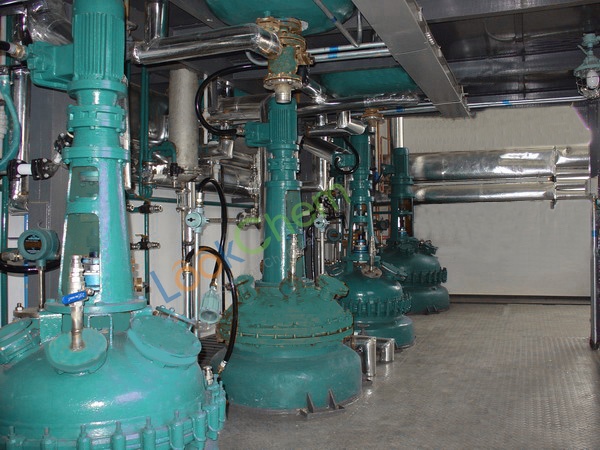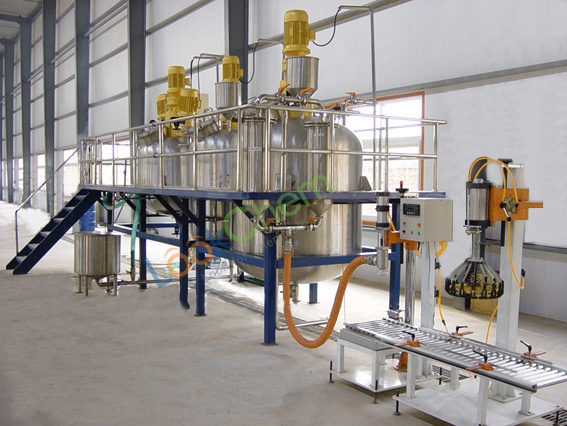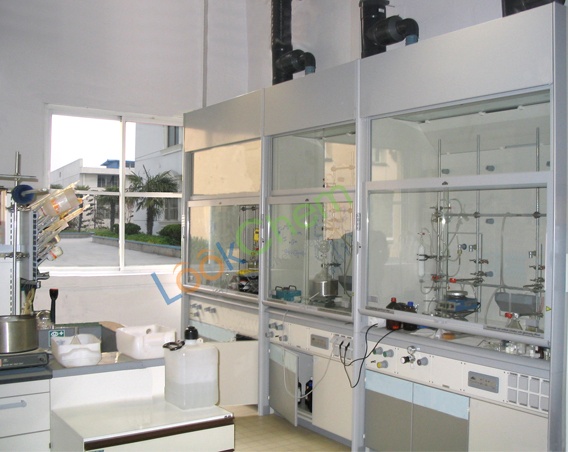N,N-Diethylhydroxylamine MSDS
- Product Details
- Company Profile
Hangzhou Chemfar Ltd. can provide N,N-Diethylhydroxylamine(DEHA) with assay 85%min, 95%min and 98%min. Chemfar is a quality N,N-Diethylhydroxylamine supplier. Here is the material safety data sheet (MSDS) for this product.
Section 1. Product Identification
Trade Name: N,N-Diethylhydroxylamine
CAS No.: 3710-84-7
Synonyms: Diethylhydroxylamine; Ethanamine, N-Ethyl-N-Hydroxy- ; N-Hydroxydiethylamine
Physical State: Clear liquid
Molecular Formula: C4H11NO
Molecular Weight: 89.13
Content: 97%
EINECS NO. [EC No]: 223-055-4
Odor: amine-like
Boiling Point: 125-130
Melting Point : -26--25
Specific Gravity : 0.867
Solubility in Water : Soluble in water.
Flash Point: 45 deg C ( 113.00 deg F)
Decomposition Temperature : >120 deg C
Section 2. Hazards Identification
Emergency Overview: Flammable. Harmful by inhalation and in contact with skin. Irritating to eyes, respiratory system and skin. Limited evidence of a carcinogenic effect.Hygrosco (absorbs moisture from the air).
Potential Health Effects
Eye: Causes eye irritation.
Skin: Causes skin irritation. Harmful if absorbed through the skin.
Ingestion: Harmful if swallowed. May cause irritation of the digestive tract.
Inhalation: Harmful if inhaled. Causes respiratory tract irritation.
Section 3. First Aid Measures
Eye: Flush eyes with plenty of water for at least 15 minutes, occasionally lifting the upper and lower eyelids. Get medical aid.
Skin: Get medical aid. Flush skin with plenty of water for at least 15 minutes while removing contaminated clothing and shoes.
Ingestion: Get medical aid. Wash mouth out with water.
Inhalation: Remove from exposure and move to fresh air immediately. If not breathing, give artificial respiration. If breathing is difficult, give oxygen. Get medical aid.
Section 4. Fire Fighting Measure
General Information: Wear self-contained breathing apparatus and protective clothing. carbon monoxide, carbon dioxide, oxides of nitrogen, nitric acid, hydrogen cyanide.
Extinguishing: Use fire fighting measures which suit the environment and take into account other
materials which may be involved. In general, water-based extinguishers should not be used for fires involving organic materials. Use carbon dioxide or dry powder.
Section 5. Accidental Release Measures
Spills/Leaks: Take precautions to ensure product does not contaminate the ground or enter the drainage system. Absorb in vermiculite or proprietary absorbent material and transfer to sealed containers for disposal.
Section 6. Handling and Storage
Handling: Refer to section 7
Storage:
1.Keep in a cool,dry place
2.Keep away from sources of ignition and combustible material
3.Keep container tightly closed
Section 7. Exposure Controls/Personal Protection
Engineering Controls: Facilities storing or utilizing this material should be equipped with an eyewash and a safety shower facility.
Personal Protective Equipment:
Eyes: Wear chemical safety goggles.
Skin: Wear appropriate protective gloves.
Clothing: Wear appropriate protective clothing.
Repirators: Wear NIOSH/MSHA - approved respirator
Section 8. Stability and Reactivity
Chemical Stability: Stable under normal temperatures and pressures.
Conditions to Avoid: Incompatible materials, ignition sources, temperatures above 50°C (122°F), exposure to moist air or water.
Incompatibilities with Other: Strong acids. Strong oxidising agents.
Hazardous Decomposition Products : carbon monoxide, carbon dioxide, oxides of nitrogen, nitric acid, hydrogen cyanide.
Polymerization : Will not occur.
Section 9.Toxicological Information
RTECS#: NC3500000
Toxicity Data[LD50/LC50]: Dermal, guinea pig: LD50 = 100 uL/kg. Oral, rat: LD50 = 2190 mg/kg SKIN, RABBIT: LD50 = 1300 mg/kg INHALATION, RAT: LC50 = 3140 PPM/4H
Carcinogenicity: N,N-Diethylhydroxylamine - Not listed by ACGIH, IARC, or NTP.
Ecotoxicity: Fish: Pseudomonas putida: LC50: 150 mg/l; 96h; .Daphnia: Daphnia: EC50: 110,6
mg/l; 48h; .Bacteria: Pseudomonas putida: EC50: 37 mg/l; 16h; .Log Pow: -1.5
Disposal considerations: Contact a licensed professional waste disposal service to dispose of this material in a manner consistent with federal, state and local environmental regulations.
Section 10. Transport Information
Hazard Class: 3
UN Number: 1993
Packing Group: III
Verified Supplier
Hangzhou Chemfar Ltd.
- Country:
 China (Mainland)
China (Mainland) - Year Established: 2002
- Business type: Other
- Integral:


Contact Details|Similar Products

Escrow ServiceMore
Secure Your Orders With escrow More Transparency,Less Uncertainty


 Add to inquiry cart
Add to inquiry cart

